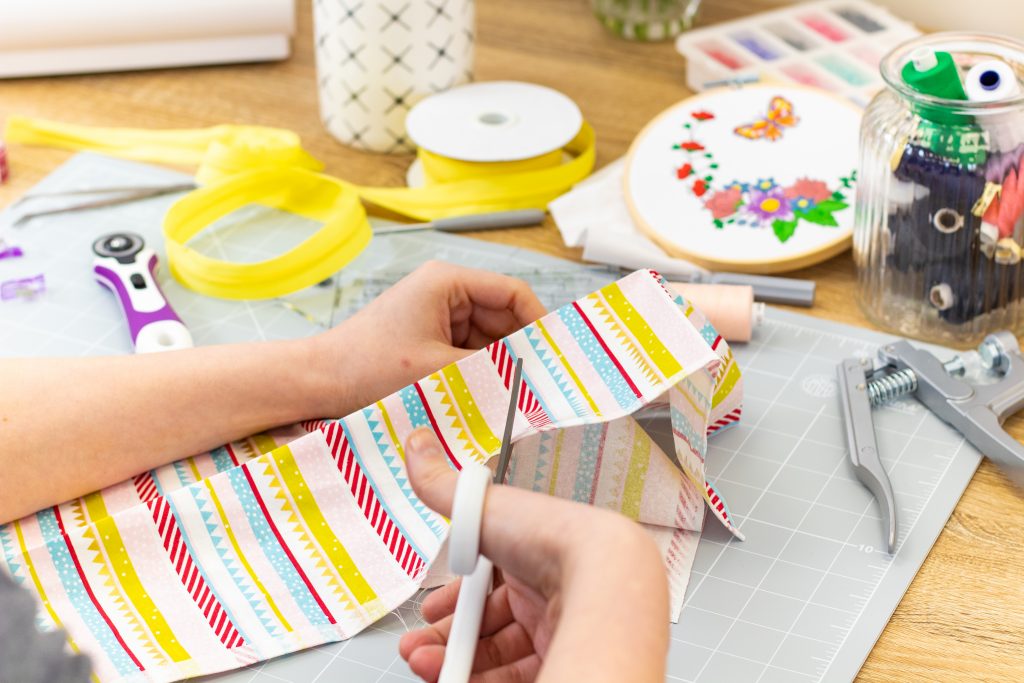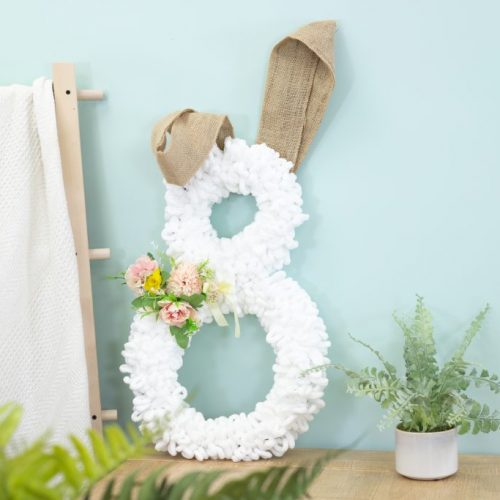9 essential tools for your sewing kit
- Read time: 5 minutes
- Written by: Crafter's Companion
We know how daunting it can be when you’re first getting started in the world of sewing, quilting or patchwork. There are so many different tools that claim to be great for beginners, but turn out to be completely useless or very difficult to use.
If you’re currently in this situation, don’t panic! We’ve put together a list of nine essential tools that we think you should have in your kit. It doesn’t matter whether you’re interested in sewing, quilting or patchwork – these bits and bobs can be used across all three disciplines. So what are you waiting for? Take a look and stock up that sewing kit!
1. Thread
This seems like an obvious one, but there’s more to thread than you think! Try to use the same fibre content as your fabric, so pair cotton fabrics to cotton threads, poly with poly and so on, but don’t get too hung up about it! As with your fabric, choose the best quality that you can. Higher quality thread will feel smoother, be stronger and be less fibrous than cheap thread.

2. Marking pens
Some inks melt away when they’re still wet, while some simply just fade away. Our Threaders Erasable Fabric Pens disappear when heat is applied, just like a pencil when rubbed with an eraser! This means that any marks are removed once your piece is ironed and if you make any mistakes with the pen, you can just apply heat to restart!
3. Quick-unpick
A seam ripper is must in case you need to unpick your stitches – it happens to the best of us! The slides under the stitch, while the blade at the back cuts through the thread. They do blunt over time, so it’s best to keep a couple in stock. We have a selection of seam rippers available, but we love the Sew Easy Soft-Touch Seam Ripper. It’s small, non-slip and so easy to use!
4. Fabric clips
Fabric clips make a brilliant alternative to pins, resulting in safer sewing and preventing damage to fabrics. They’re also much easier to sew over than pins, so we’d recommend them any day. Our Threaders Quilting Clips provide you with 15 clips per pack, so they’re great if you’re just getting started. They’re strong, easy to handle and capable of holding several layers of fabric together, so they’re essential for quilters.

5. Point turner
The tip of a bamboo point turner is absolutely brilliant for poking the corners of your projects to right side out. You can also use the rounded end to smooth out curves and seams, so this is a fabulously multi-functional tool.
6. Scissors
This also seems like an obvious one, but by investing in a good pair of scissors, you’ll really notice the difference in your textile projects. Always use dressmaking shears for fabric, but don’t use them for anything else, otherwise they’ll become blunt. Use small embroidery scissors or snips for cutting curves or trimming threads. Pinking shears stop woven material from fraying and help to add a decorative edge. There are tons of scissors available, so take a look and see which would be best for you!
7. Pins and needles
While we could go on about fabric clips for ages, pins do have some uses. Glass head or flower head pins are especially handy as you can clearly see them if you drop any, and the colours stand out on patterned fabrics. Needles are also always handy to have around! For hand stitching (there will always be a little), we recommend ‘sharps’, plus an embroidery needle for thicker threads.

8. Rotary cutter, ruler and mat
You’ll use a rotary cutter for practically any project. We’ve got a standard 45mm rotary cutter for heavy duty cutting and larger pieces of fabric, or a 28mm rotary cutter for more precision and delicate areas, so you can take your pick as to which would be best for you! We recommend investing in a rectangular ruler and a self-healing cutting mat too, as they’ll give you the most accurate cut – so much quicker than scissors.
9. Tape measure
Tape measures are absolutely key when it comes to soft crafts. Go for a plastic coated one as they don’t stretch. A clear ruler is also useful, along with a bendy ruler for measuring curves.
We hope that this little list has helped some of you out, whether you’re a beginner in needlecrafts or a pro looking to stock up a bit! We’d love to hear what some of your essentials are, so let us know on Facebook, Twitter or Instagram using the hashtag #crafterscompanion.














